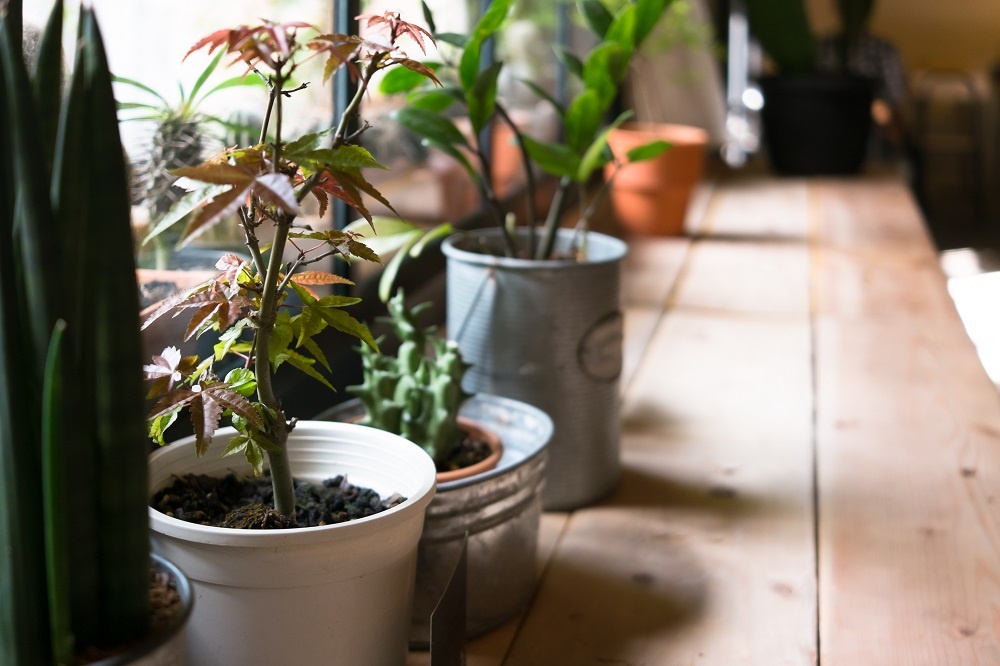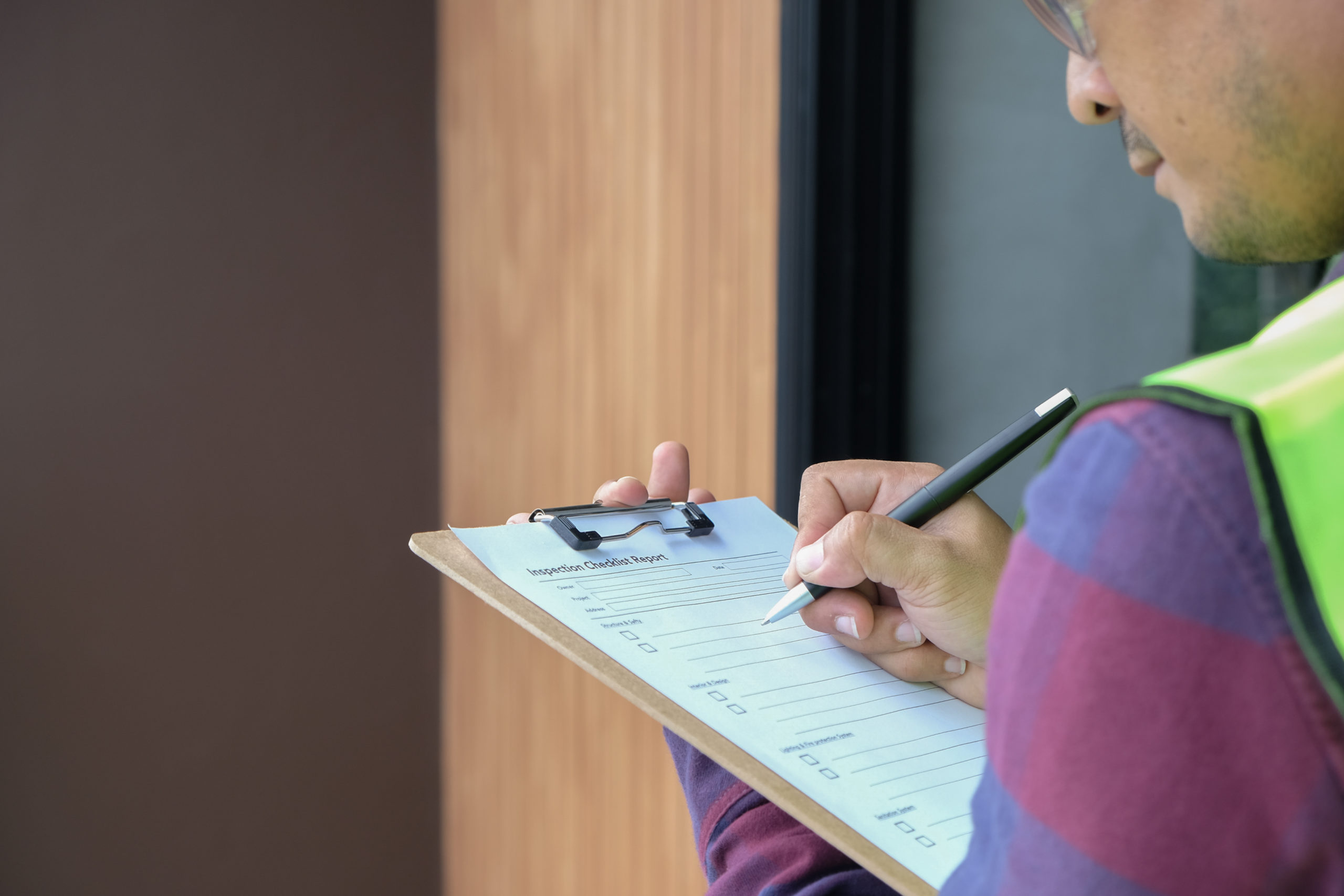If you’re looking for an interesting and unique way to spruce up your home, why not try creating an indoor garden? Indoor gardening is a great way to add some life to your living space, and it’s also a fun hobby.
In this blog post, we will discuss some tips for creating a thriving indoor garden. Whether you’re a beginner or an experienced gardener, these tips will help you create a beautiful and healthy garden indoors!
1. Choose the Right Plants
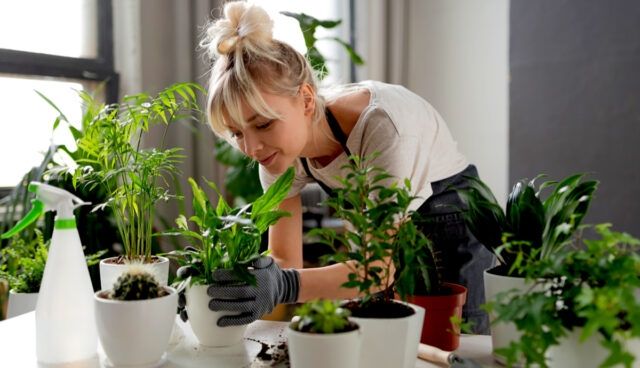
To ensure your indoor garden thrives, it’s important to select the right types of plants. Not all plants will grow well next to a window or in lower light conditions. That’s why it’s essential to research the light and water requirements for plants before making a selection.
Additionally, be sure to pick vibrant plants suited for indoor use which will survive well in the environment you can provide or create for them. Choose plants that are not overly sensitive to temperature changes or require frequent repotting, as those tasks can become tedious over time.
Ultimately, careful consideration when picking plants for your indoor garden will make all of the difference in its success.
2. Select a Suitable Area
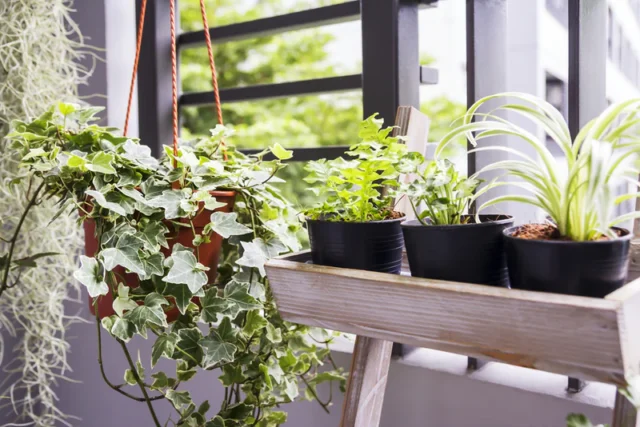
Before you can begin planting in your indoor garden, it’s important to select an area that is suitable for the plants you have chosen. Look for an area with plenty of natural light or suitable artificial lighting, and enough space for the plants and containers.
Also keep in mind any temperature requirements for the plants—some might need a warmer, brighter environment than others, while some will wilt in too much sunlight.
If you’re growing cannabis plants for their flower, it’s crucial to keep male and female plants separate, as female plants will produce less flower and more seeds with male plants present. To learn more about how to differentiate between the two, visit the Veriheal website.
3. Use a Seed-Starting Kit If Possible
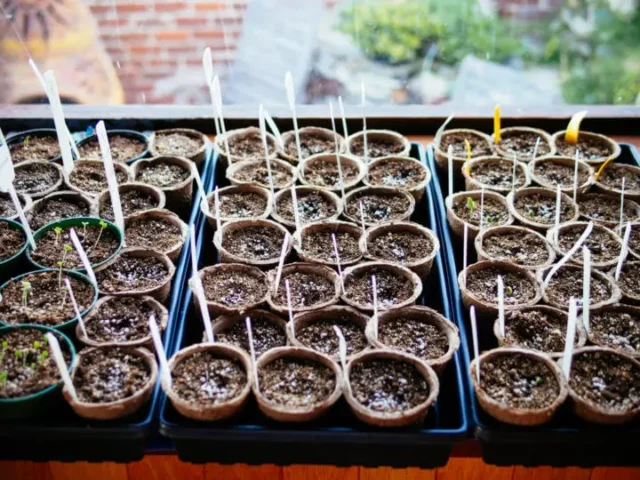
If you’re just getting started with your indoor garden, you’ll want to consider using a seed starting kit rather than directly planting in a pot. Seed starting kits come with a mini-plastic tray that features individual compartments for each seed.
This ensures the plants you grow receive the proper nutrients for optimal growth and development. In addition, since the container size is small enough to move easily, it’s easier to set up an appropriate amount of light and optimize other ideal conditions to ensure your plants thrive at all stages of life.
Once your seeds have sprouted and grown to a few inches in height, you can easily remove them from their mini containers and plant them in appropriately-sized pots.
4. Avoid Over-Watering
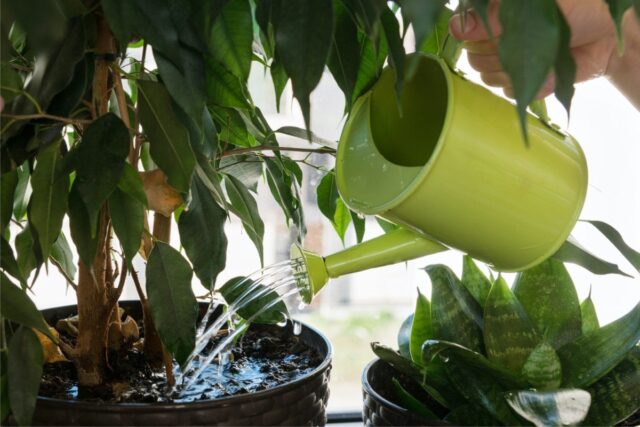
If you want your houseplants to be happy and healthy, it is important to avoid over-watering them. Too much water can deprive the roots of oxygen, damage the soil structure, deprive plants of essential nutrients, and even cause plant diseases.
Instead, check the top two inches of soil for dryness before adding any more water – if it feels moist, your plant likely doesn’t need more right away.
Consider using a self-watering pot or placing stones in the bottom of a planter to help control moisture levels in the growing medium. Mold is a serious risk for indoor plants that get too much water, and root-rot can be a death sentence!
5. Having the Right Type of Soil Is Crucial
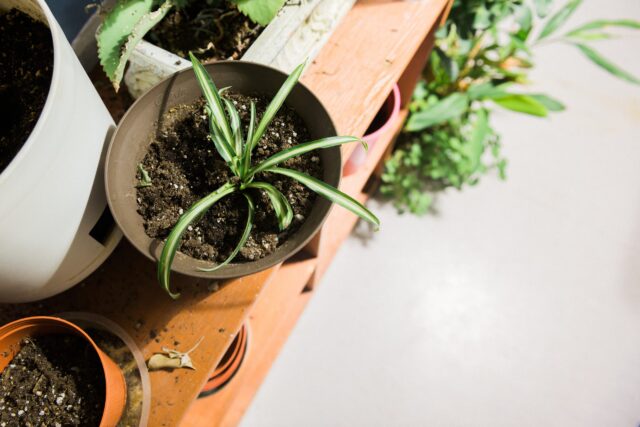
Different plant types require different nutrient profiles and pH levels in their soil, so you always want to select the best soil type for the particular plants you are growing.
For instance, cacti and succulents need an extra sandy mix because they originate from hot desert climates, while most other plants prefer a slightly more damp mix with some organic matter like peat or compost.
Doing your research and being mindful of the needs of each individual species will help ensure that your garden has the level of care it needs to stay healthy – so make sure to choose the right soil!
Conclusion
Creating and maintaining a successful indoor garden requires careful planning, research, and consistency in its upkeep. Picking the right plants and ensuring they have the appropriate soil type, temperature, light levels, and water are key elements to success. With the right combination of attention and care, you can easily create an indoor botanical paradise that will be both beautiful and beneficial!

